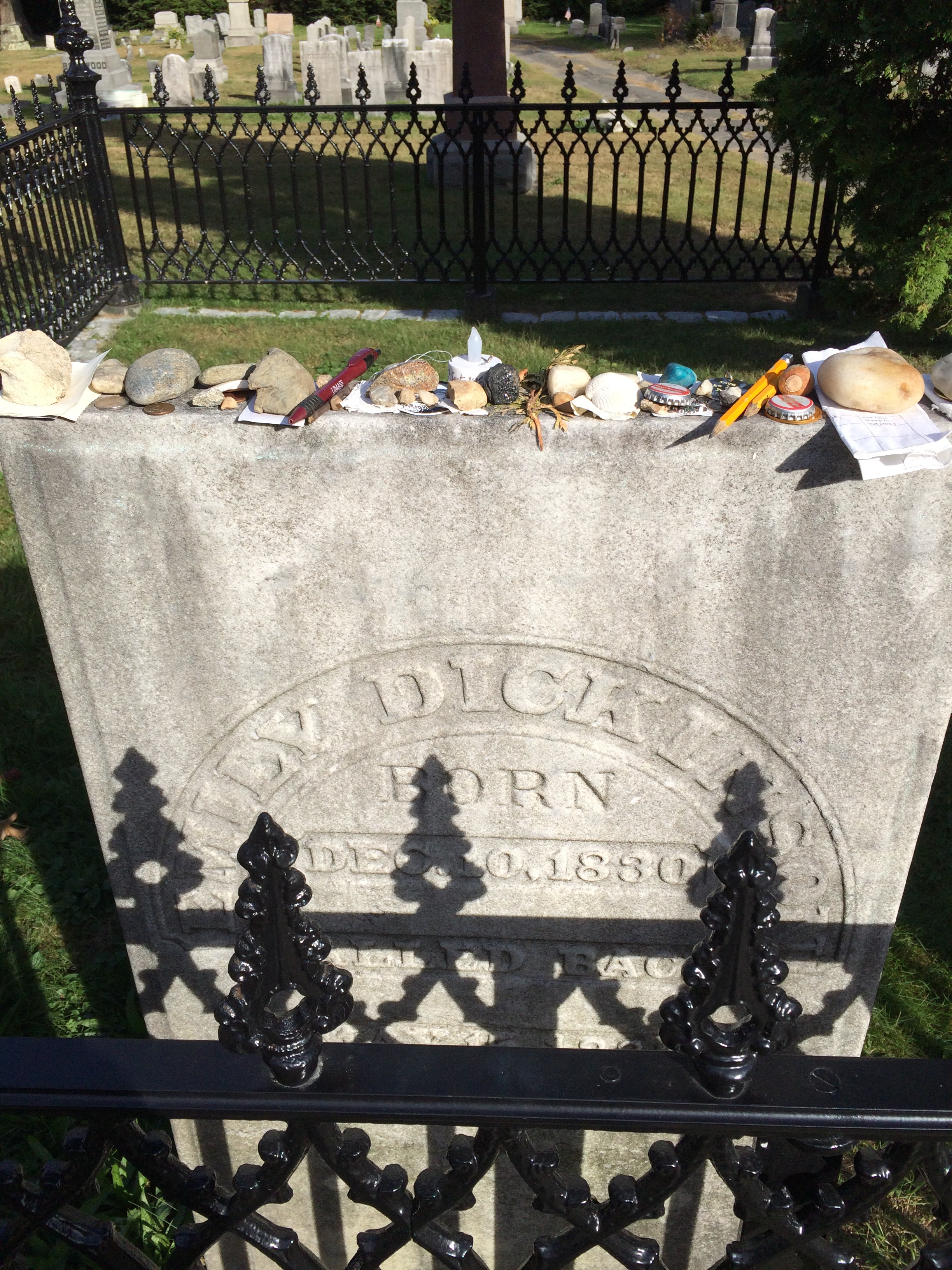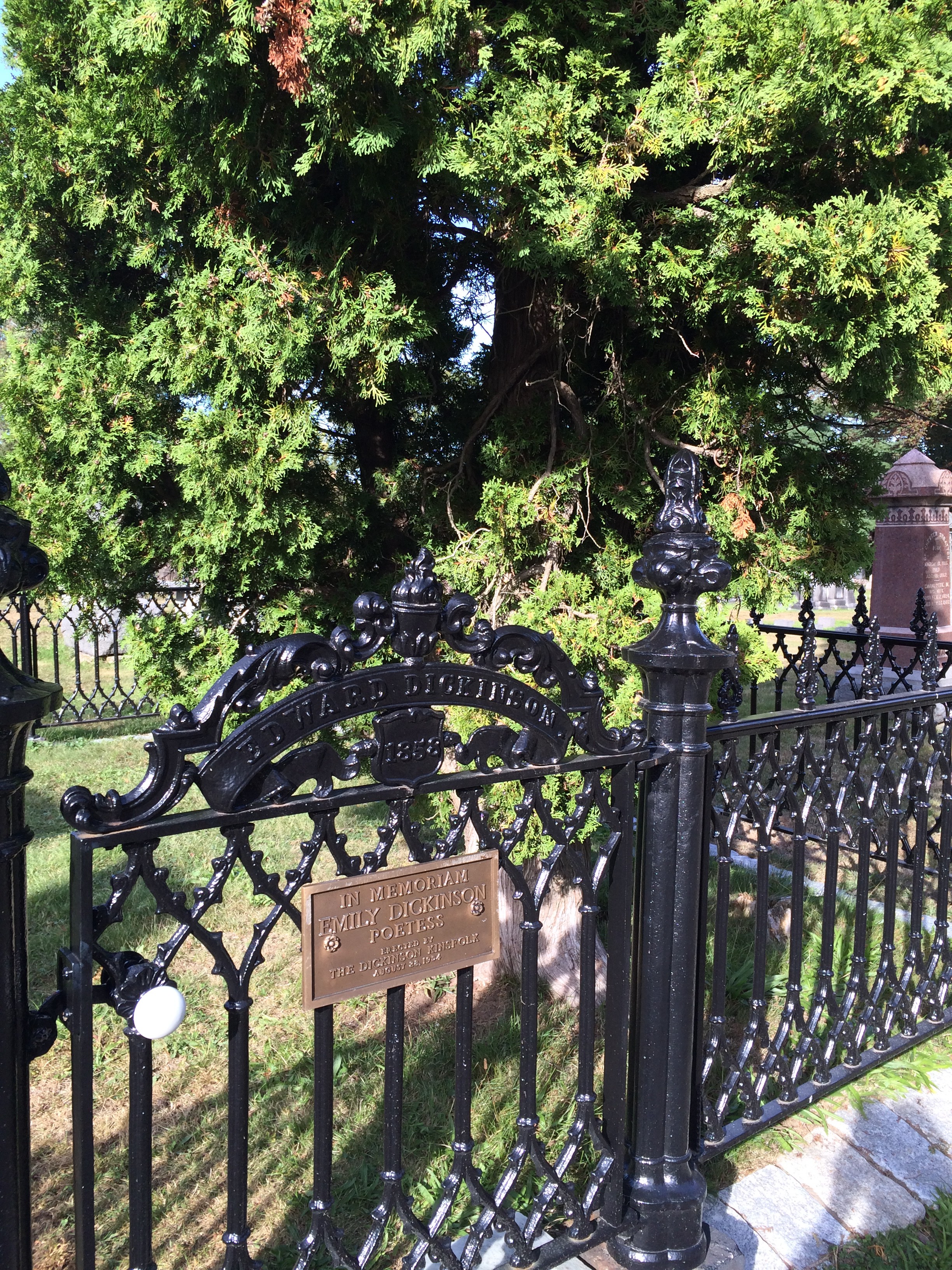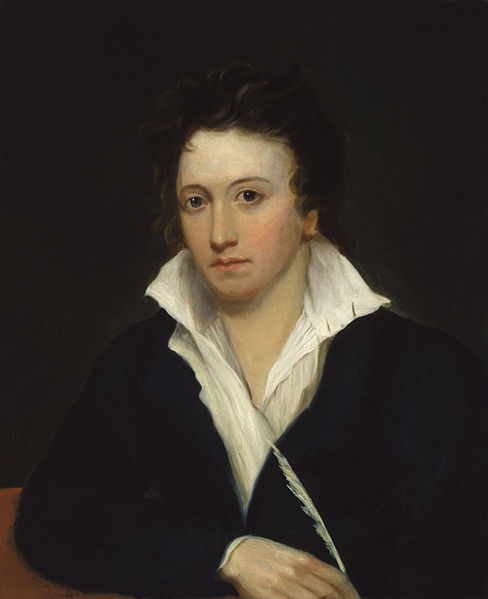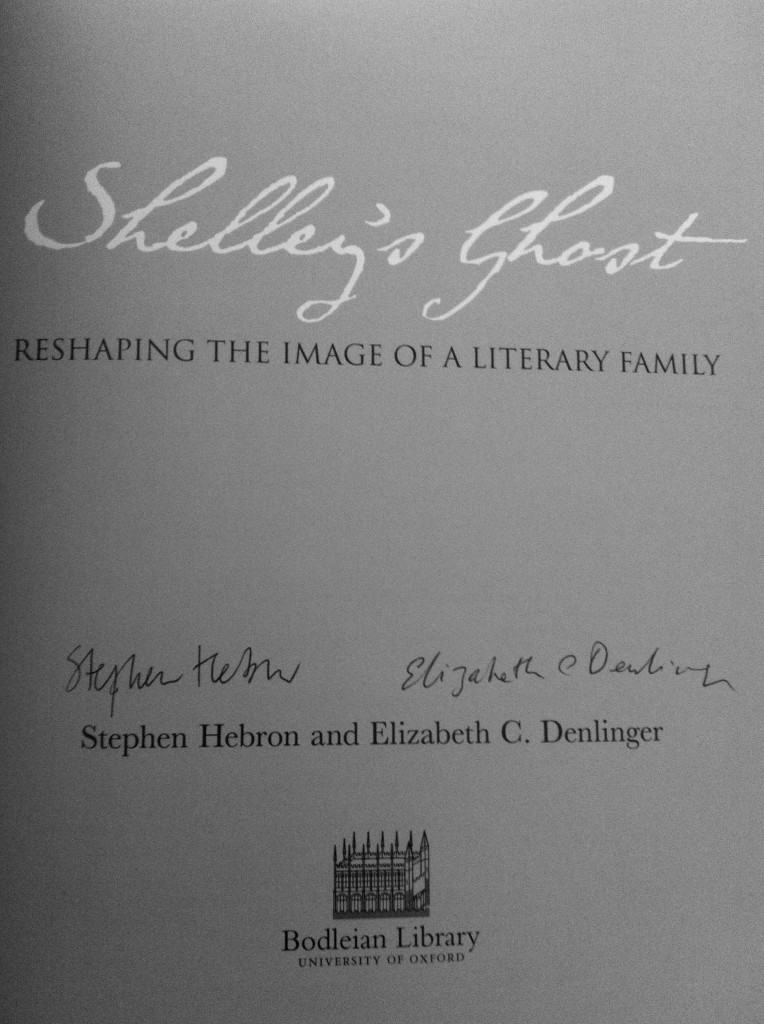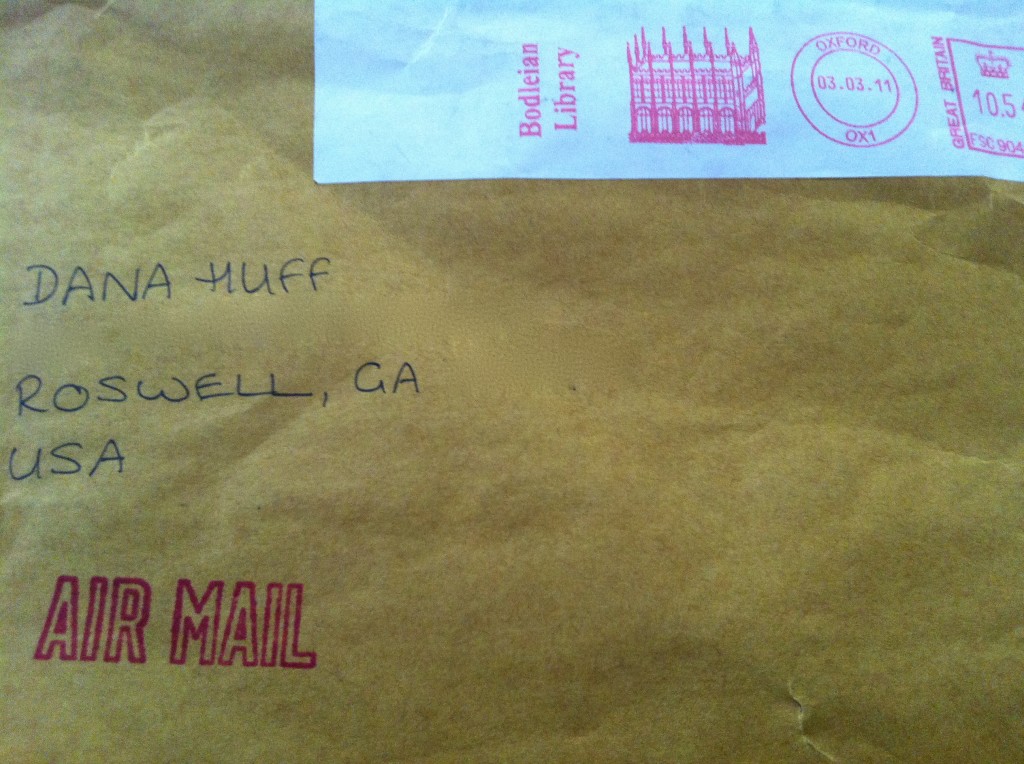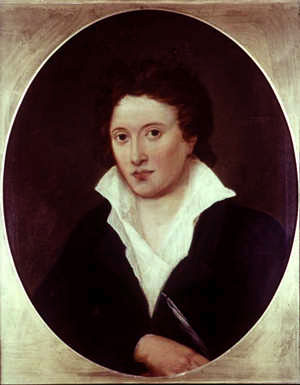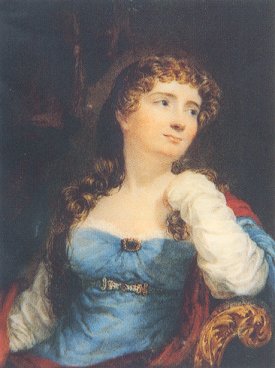This weekend, I presented at a digital storytelling conference in Northampton/Amherst. My family came with me, and we visited Emily Dickinson’s home (now a museum) and grave. Now, given the title of my blog, you might guess I’m a fan. I am not sure what it is about her poetry—the jarring dashes and slant rhyme, the ballad meter (on most), or the strong images. I like the way she thinks, and I find I agree with her about a lot of larger issues in life.
We took a 45-minute tour of her house. You can also take a 90-minute tour that includes a tour of her brother Austin’s house next door. The tour began in a parlor, and the docent discussed some of the portraits hanging in the room and told us about Emily’s family. Next, we went into the library. Some of the books from the library are now housed in other locations, but some remain. The docent told a great story about Thomas Wentworth Higginson’s visit to Dickinson. It seems she wore the poor man out with conversation. He also shared the anecdote about Higginson’s reaction when Emily sent him her poetry—he described it as “spasmodic” and “uncontrolled.” Her famous reply: “You think my gait ‘spasmodic’—I am in danger—Sir—You think me ‘uncontrolled’—I have no Tribunal.”
The next stop is on the second floor. Sunlight shines through a window facing the front of the house, illuminating a replica of Emily Dickinson’s white dress. I nearly cried when I saw it. She must have been about the same height as me. A little more slender, though. About 20 years ago, I could have fit into her dress. The museum doesn’t allow pictures, but I sure wanted to break the rules to get a picture of that dress. You can find other pictures of it online, however.
Finally, we saw Emily’s bedroom. She has pictures of George Eliot and Elizabeth Barrett Browning on the wall, and according to our docent, Emily’s niece Mattie attested to the fact that Emily did hang picture of those two writers on her wall (whether they are the exact same ones, I don’t know). Her actual sleigh bed is still in the room. A replica of her little writing table sits in the corner. The room has recently been restored with wallpaper reconstructed from the actual wallpaper that Emily had in her room. It was amazing to stand in that space where Emily wrote most of her poems. I can’t really even describe how it felt.
We went outside to take a look at Emily’s gardens. Of course, she was a great gardener, but her garden doesn’t survive. Still, I found these beautiful purple flowers. The label said they were called “Love Lies Bleeding” (Amaranthus caudatus). They were gorgeous, and they seemed perfect for her garden.
We took a short walk to the cemetery where she is buried. Luckily for us, a quick Google search led us to an article that indicated her family’s plot was surrounded by a wrought iron fence. Otherwise, we’d have had to wander a while, and my husband’s patience was not going to extend that far.
We found it pretty quickly after discovering that detail. We took a few pictures of her headstone and the family plot. I placed a rock on top of her headstone. Many people had the same idea before me, as you can see.
I was interested to see that her stone reads “Born Dec. 10, 1830.” That is my oldest daughter’s birthday—December 10. Then it says, “Called Back May 15, 1886.” In her last letter to her cousins, right before she died (and she knew she was dying) she wrote,
Little cousins,
Called Back.
Emily
I read that her niece Martha Dickinson Bianchi had that inscription done some time after (her original headstone had just her initials on it).
It’s hard to get a good, unobstructed picture of the headstone because of the fence.
I love that the plaque on the little gate in the fence describes Dickinson as a “Poetess.” One of those archaic terms one never needs to use anymore.
There is a really nice tree growing in the corner of the Dickinson family plot. I think she’d like that very much if she knew it.
Emily is buried to the right of her sister Lavinia (on the end). I didn’t know much about Emily’s sister, known as “Vinnie,” until the docent shared some details. Did you know it was Vinnie who found Emily’s poems after Emily died and worked to make sure they were published? I had no idea. As you can see, some folks left stones for Vinnie, too.
Rounding out the Dickinson family plot are the graves of Emily’s parents (both names are inscribed on the headstone that is second from left). I think the one on the end is her grandfather.
I learned a some interesting things about Emily’s writing process from the docent at the museum and even walked away with a good idea for a lesson in diction that I think my students will enjoy.
What an incredible opportunity to walk in Emily Dickinson’s footsteps and visit her!
The Sunday Post is a weekly meme hosted by Caffeinated Book Reviewer. It’s a chance to share news, recap the past week on your blog, and showcase books and things we have received. See rules here: Sunday Post Meme.


